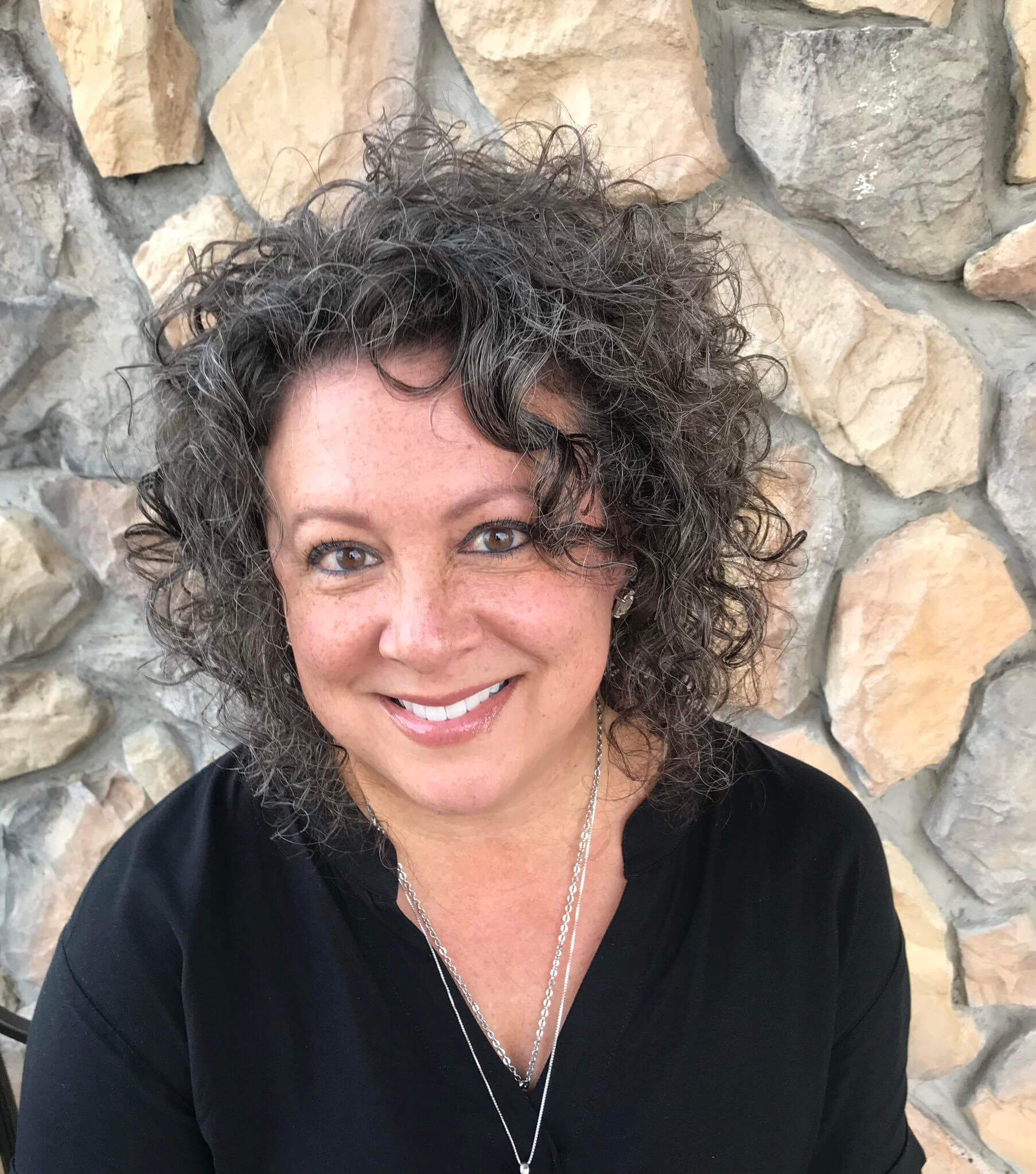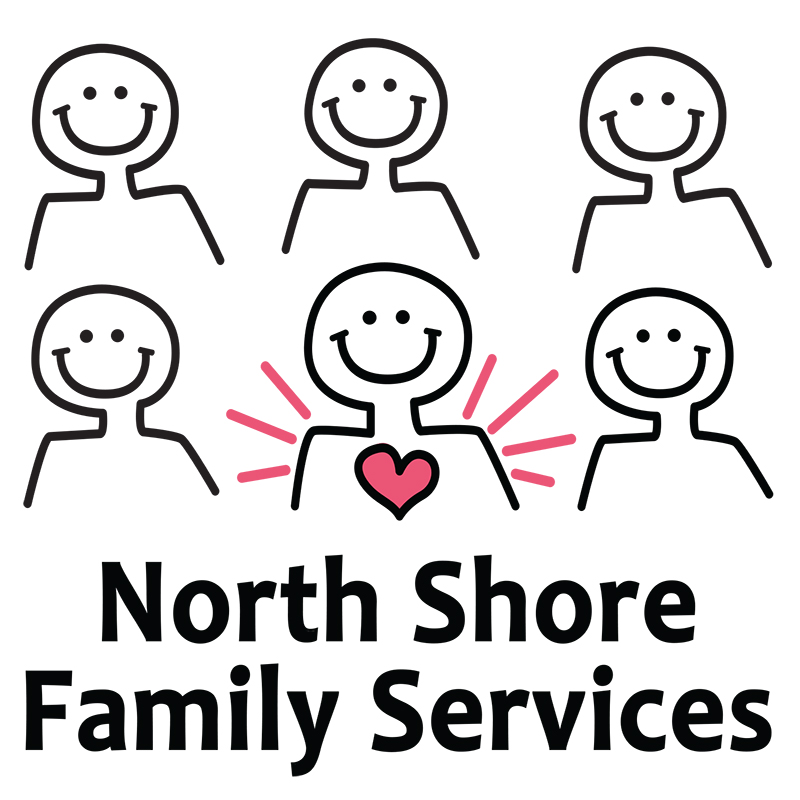
20 Apr Couples Communication: Beyond the Love Languages
I chose to write this blog for you because you are in a relationship. You are human; therefore, you relate. You cannot stop relating, and you do not want to. Consequently, you have been, are, or will be in relationships, and you need to know more than how to give and receive love. You need to have more to offer than speaking and understanding the love languages if you are going to succeed. This blog is for all partners who love intensely and yet struggle to understand the barriers that stand between you and your best-imagined relationship.
If I heard from only one couple what I have heard consistently from most couples, I would not have chosen to write this blog. Too often, I have met with couples who confront me about Gary Chapman’s Love Languages. They assume that because I am a therapist, I must peddle the love languages. Partners have argued and challenged what they expect will be my response. I have heard, “Don’t bring up the love languages because we ALREADY took the quiz, we know each other’s love language, and it doesn’t help us at all.”
Likewise, I have listened to partners claim that no matter how hard they try to “speak each other’s love language,” they continue to feel like they are failing each other and their relationship. They cannot seem to “fix” the issues at the core of their relationship with this popular, proven strategy. They continue to argue, continue to have problems, and continue to fear that their relationship is unsalvageable. This is sometimes based most prominently on the fact that their fluency in the love languages has failed to help them successfully relate.
This blog is for people in relationships. This blog is for us all. I will explore what lies beyond the love languages. I will explain essential strategies for every person, everywhere, trying to navigate the complexities of how to resolve conflict, communicate clearly, and love forever.
Understanding Love Languages
The popular Love Languages, by Gary Chapman, includes five forms of emotional communication, one of which will be preferred over the other four when giving and receiving love. The five are: words of affirmation, acts of service, physical touch, quality time, and receiving gifts. Speaking your own love language and understanding how to speak that of your partner enhances your ability to connect to each other and contributes to your success in feeling loved. But why, then, if it is so clear what couples should do to feel loved by their partner, are many couples seeking therapy while fluently speaking their own and their partner’s love languages? This blog was written to continue the dialogue that exists beyond the love languages and to answer questions like, “Why is it so hard for us to talk to each other without arguing?”
Beyond the Love Languages
Language is spoken, demonstrated, and an active process necessary for communication. But there is more to communication than what we say or what we do. How we see things is an essential part of how well we resolve conflict. Conflict being the rule, rather than the exception, when we are in relationships with others. I have noticed one commonly occurring problem in couples conflict: one will assume they know their partner’s perspective. The error in this assumption lies within the lens each partner is looking through.
What does this mean? I look through my lens; we will say it is blue. My partner looks through their lens, which is yellow. Each of our lenses only sees its own color, so blue sees blue and yellow sees yellow. You can clearly understand the problem and consequently the barrier to communication that occurs in this scenario: blue cannot turn yellow into blue, and yellow cannot turn blue into yellow.
But what if both blue and yellow absorbed each other? As in the case of empathy – co-experiencing feelings with another. If blue and yellow co-experience each other, they become green, together. To take this illustration further, we need to understand that feelings are not facts and we are not referencing facts in this scenario. We are expressing feelings, steering away from opinions, facts, and other arguable vernaculars. We stick to feelings, which are unarguable positions of our truest emotional selves. So, if I feel blue and my partner feels yellow, using empathy we will turn our lenses green, and this is where we can regroup and rediscover each other in our shared co-experience. This is the color of the truth that is “us.” We are together not just blue and yellow, we become green when we reach each other through the connection of empathy.
Practicing Your New Skill
When conflict arises, and I guarantee it will, use these steps to create your next success story:
- Speak feelings, not facts or opinions.
- Do not assume ANYTHING. Believe only what your partner tells you about their individual feelings.
- Co-experience your partner’s feelings. Open your lens (feelings) to absorb the color of your partner’s lens (feelings) so that you are both seeing the same color, the truest color of your relationship together.
You are on your way to refreshing your relationship and how you manage conflict. By using the steps above, you will infuse positive and healthy energy into your relationships. If you want more tips and tricks to enhance your relationships, feel free to reach out to one of our therapists, who would be happy to work with you. We can support your efforts with our passionate therapists who are waiting to meet you and your partner.

Stacey’s passion is facilitating the development of the human spirit. A greater understanding of one’s worth and value promotes happiness and optimism and with these qualities a more loving and engaged human experience. Stacey believes that in the emotional self we find our truth. She uses a collaborative and empowerment-based approach to help guide clients through the treatment process to discover self-awareness and to utilize self-acceptance to achieve therapeutic goals.



Sorry, the comment form is closed at this time.